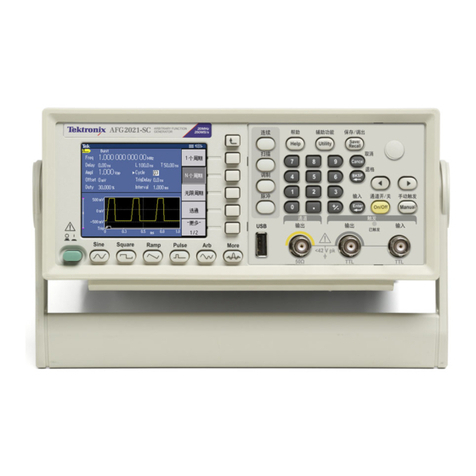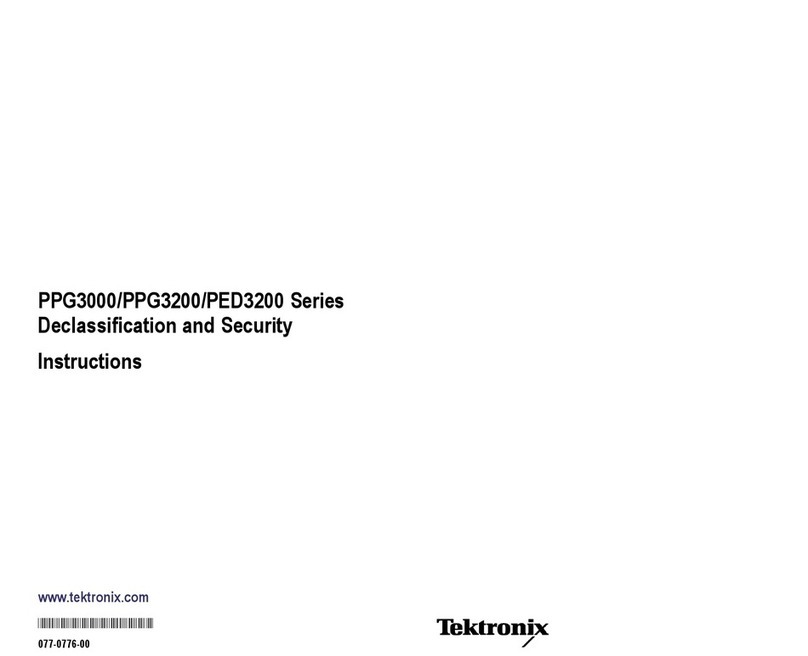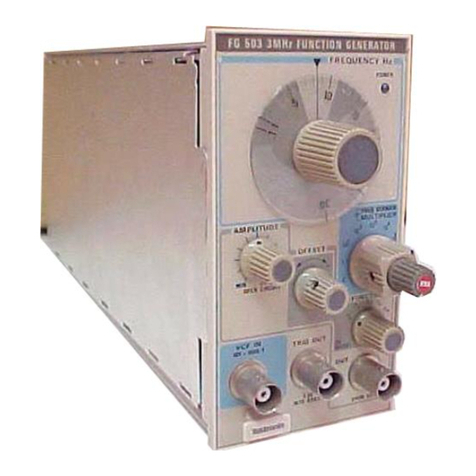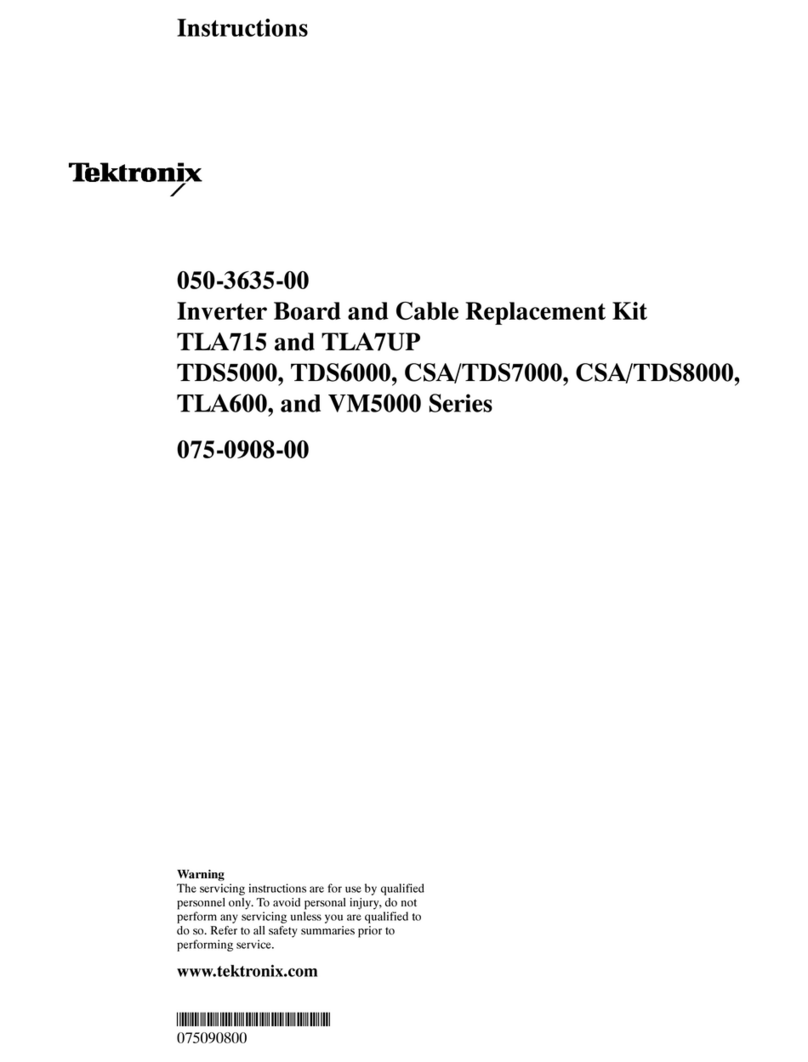Tektronix TR 503 User manual
Other Tektronix Inverter manuals
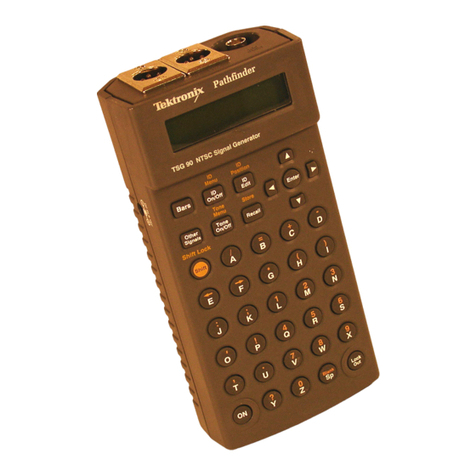
Tektronix
Tektronix TSG 90 PATHFINDER User manual
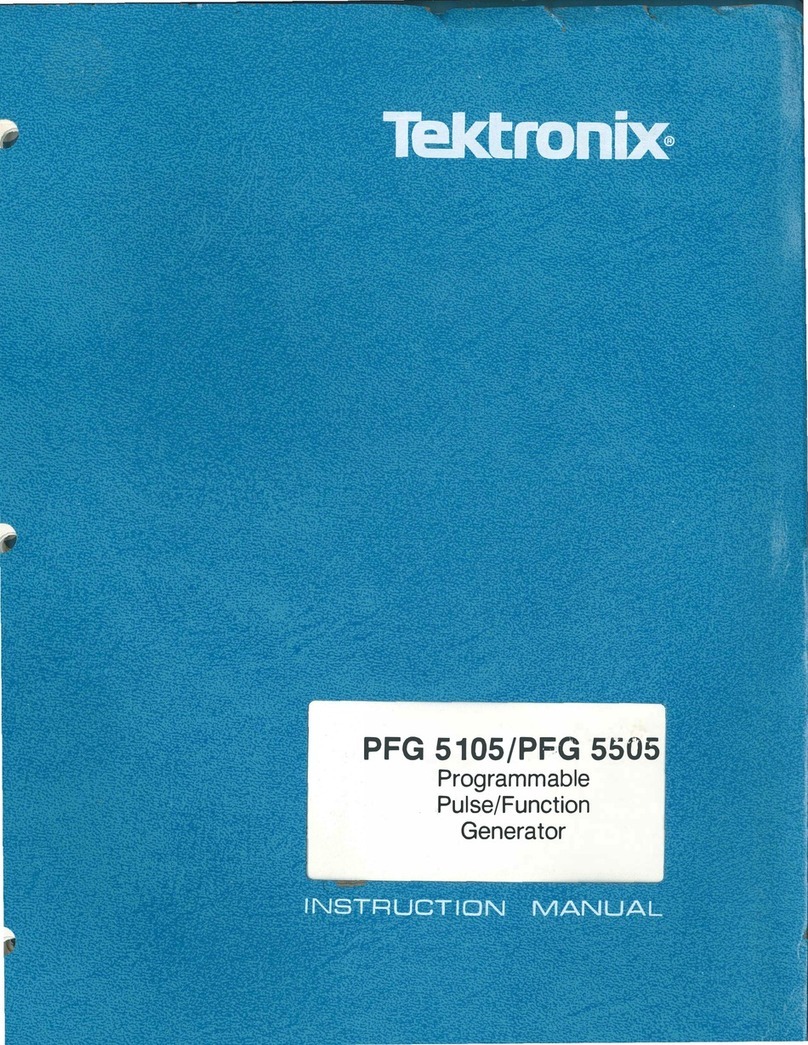
Tektronix
Tektronix PFG 5505 User manual
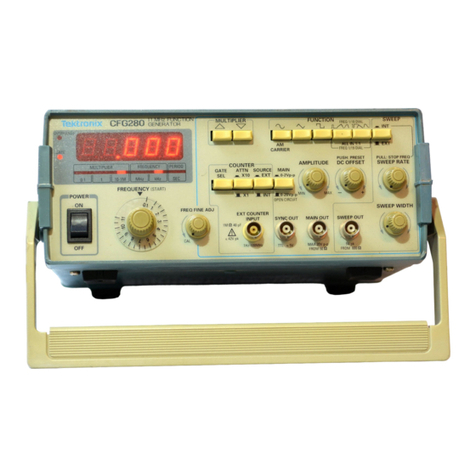
Tektronix
Tektronix CFG280 User manual
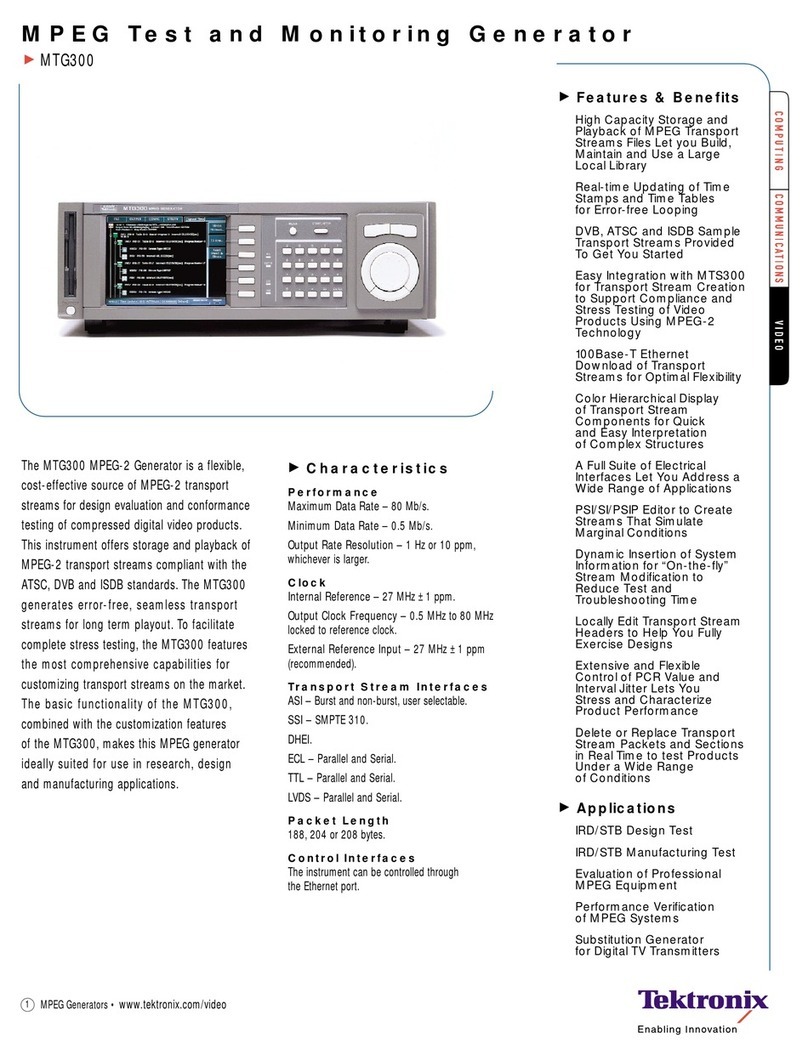
Tektronix
Tektronix MTG300 User manual

Tektronix
Tektronix SG 503 User manual
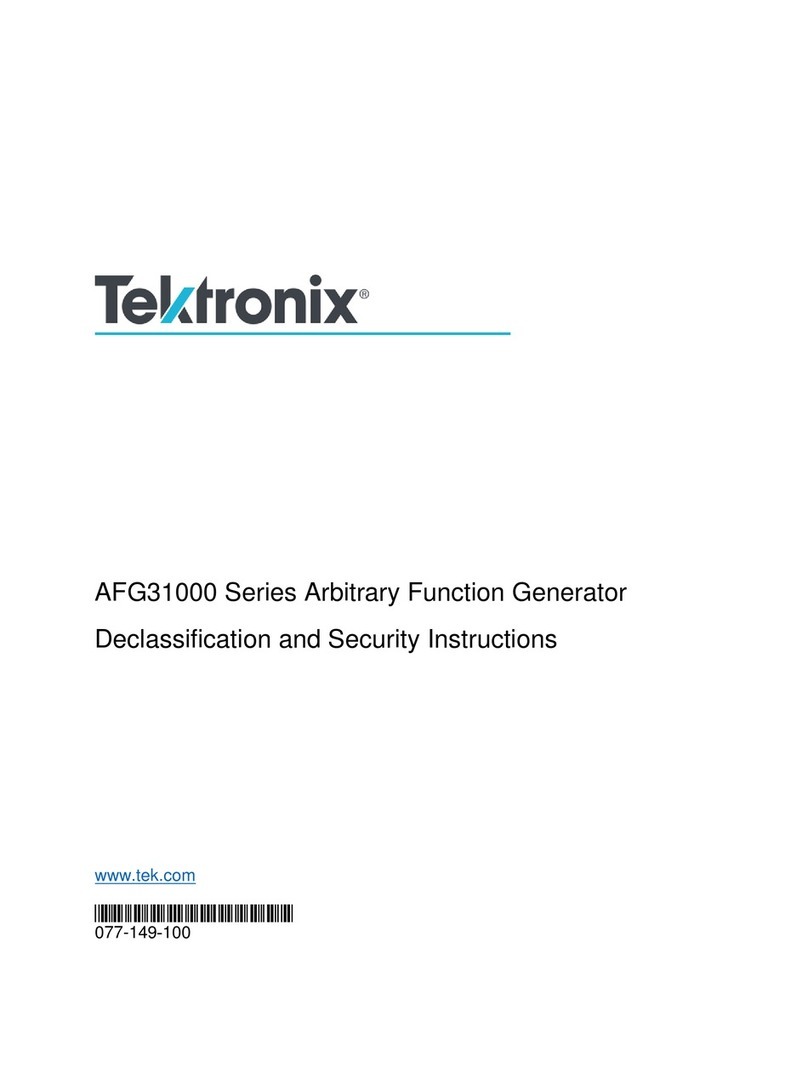
Tektronix
Tektronix AFG31000 Series Installation and maintenance instructions

Tektronix
Tektronix DG2030 User manual
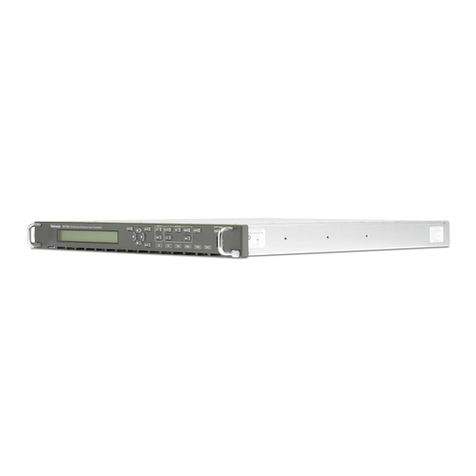
Tektronix
Tektronix SPG700 User manual

Tektronix
Tektronix SG 504 User manual
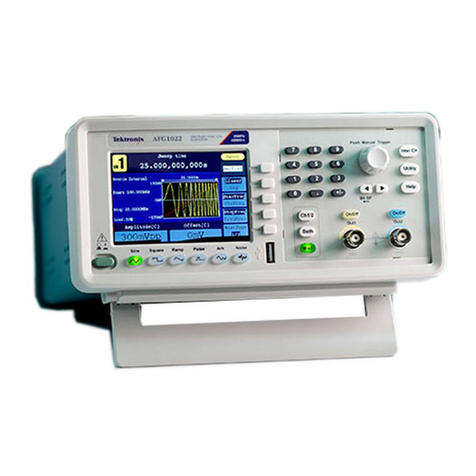
Tektronix
Tektronix AFG1000 Series User manual
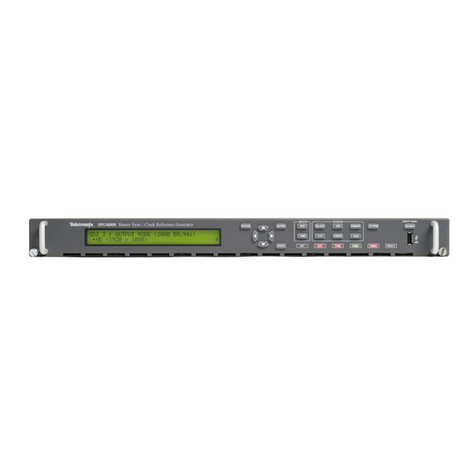
Tektronix
Tektronix Tektronix SPG8000 User manual
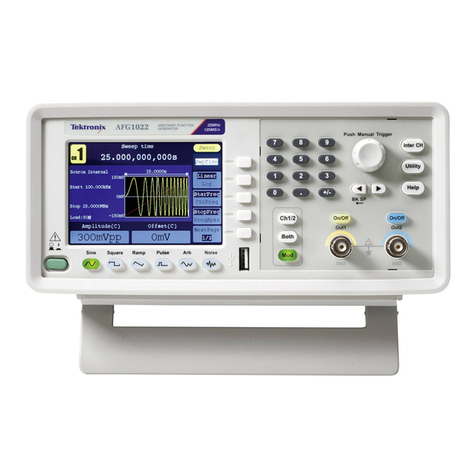
Tektronix
Tektronix AFG1022 Manual

Tektronix
Tektronix RTX100B User manual
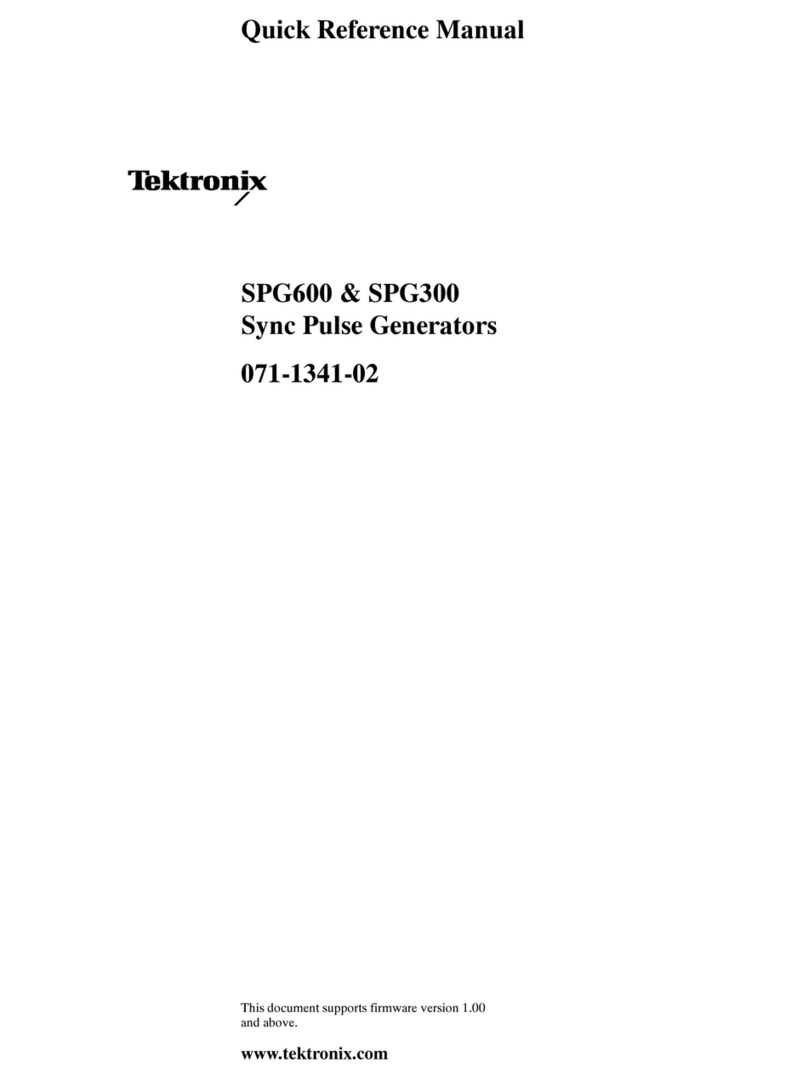
Tektronix
Tektronix SPG600 Service manual
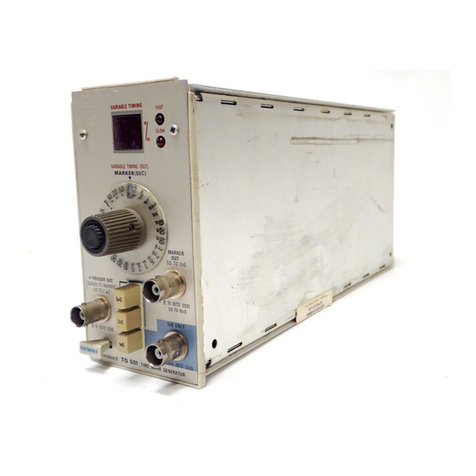
Tektronix
Tektronix TG501 User manual
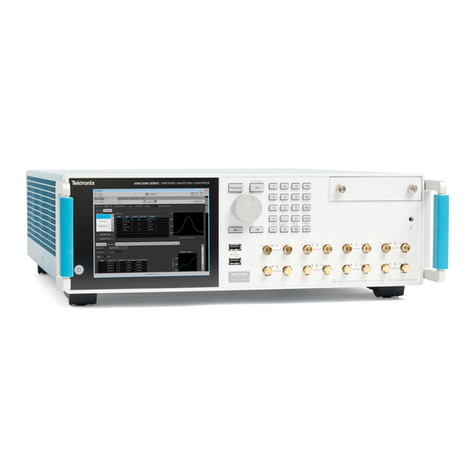
Tektronix
Tektronix AWG5200 Series Manual
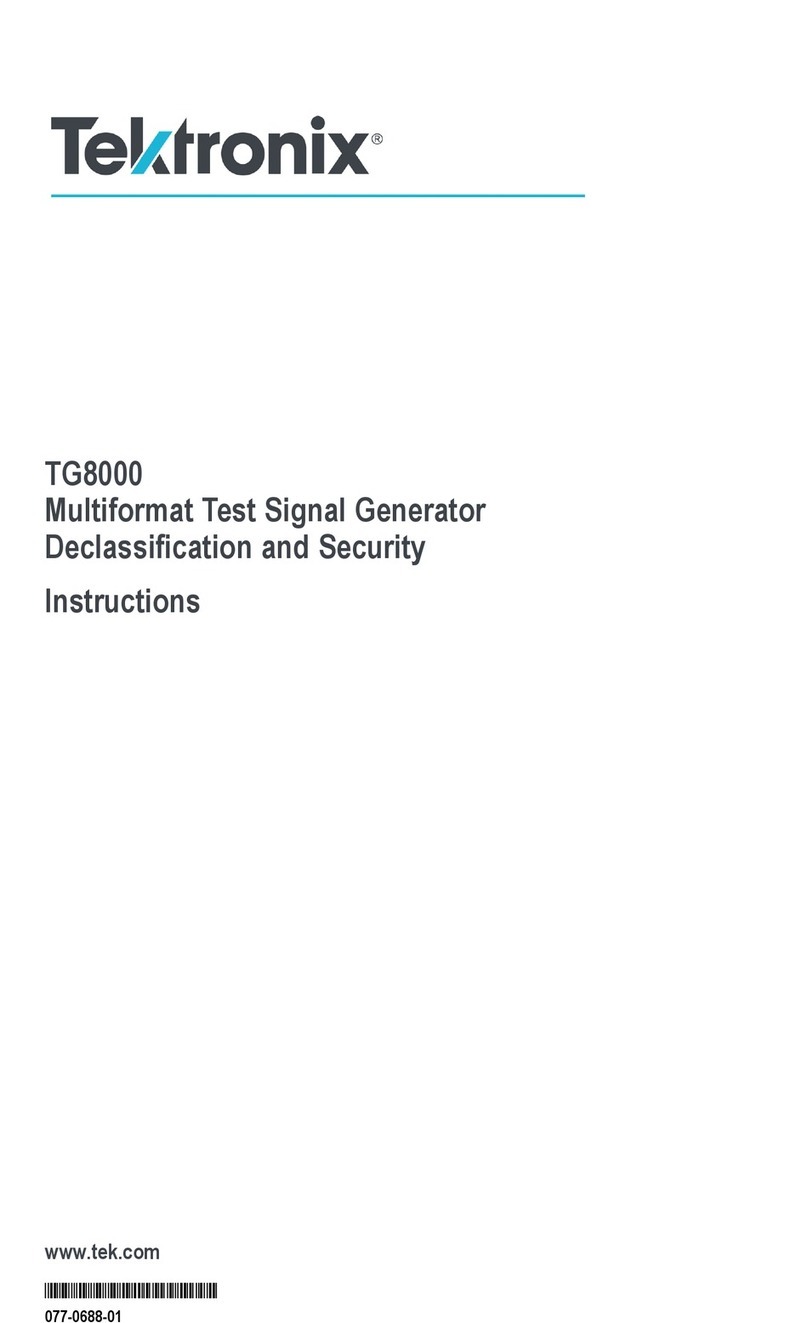
Tektronix
Tektronix TG8000 Installation and maintenance instructions
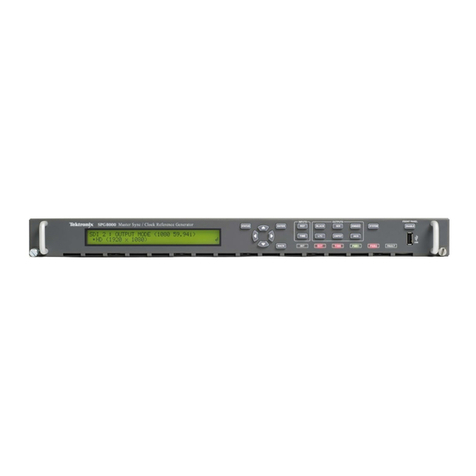
Tektronix
Tektronix Tektronix SPG8000 Use and care manual
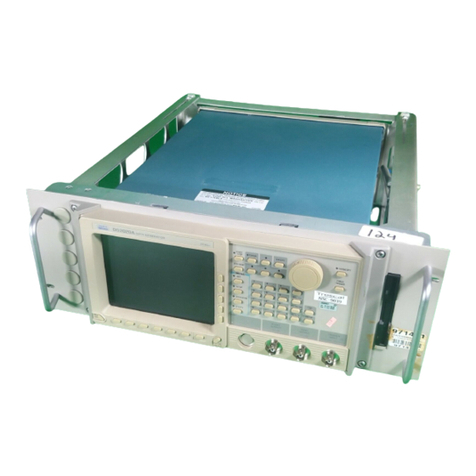
Tektronix
Tektronix DG2020A Operating and maintenance manual
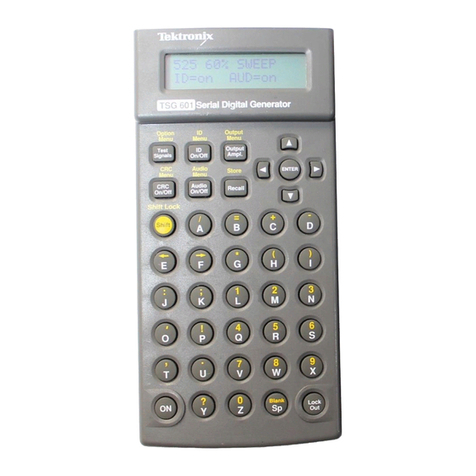
Tektronix
Tektronix TSG 601 User manual
Popular Inverter manuals by other brands

BARRON
BARRON EXITRONIX Tucson Micro Series installation instructions

Baumer
Baumer HUBNER TDP 0,2 Series Mounting and operating instructions

electroil
electroil ITTPD11W-RS-BC Operation and Maintenance Handbook

Silicon Solar
Silicon Solar TPS555-1230 instruction manual

Mission Critical
Mission Critical Xantrex Freedom SW-RVC owner's guide

HP
HP 3312A Operating and service manual
